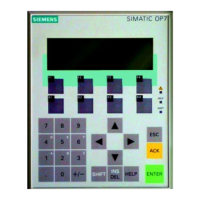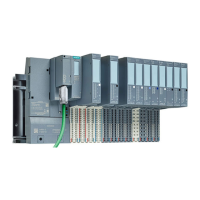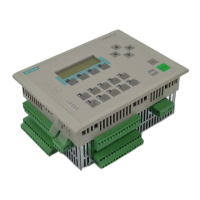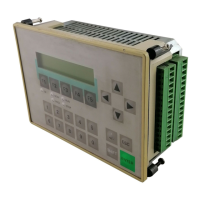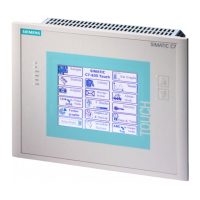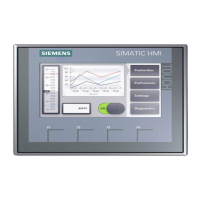● Assignment in the process image input (PII)
0HDVXUHGUHVLVWDQFH5HVSRQVHWKUHVKROGEHWZHHQSUHZDUQLQJWKUHVKROG
DQGUHVSRQVHYDOXH
0HDVXUHGUHVLVWDQFH!5HVSRQVHWKUHVKROG
(%[
(%[
[ ,QSXWDGGUHVVRIWKHPRGXOH෪FKDQQHOQXPEHU
● Notes on programming
Note
Only bits 0 and 2 in the process image input are relevant for evaluation. You can use bits 0
and 2 to monitor the temperature of a motor, for example.
Bits 0 and 2 in the process image input cannot be saved. When assigning parameters, make
sure that the motor, for example, starts up in a controlled manner (by means of an
acknowledgment).
Bits 0 and 2 can never be set at the same time; they are set one after the other.
Using silicon temperature sensors
Silicon temperature sensors are commonly used to detect temperatures in motors.
● When assigning the parameters, select measurement type "thermoresistor" and measuring
range "KTY83/110" or "KTY84/130".
● Connect the temperature sensor (see "Terminal diagram for resistance measurement").
Use temperature sensors which comply with the Product Specifications published by
Philips Semiconductors.
● KTY83 series (KTY83/110)
● KTY84 series (KTY84/130)
Also take note of the accuracy of the temperature sensors.
The temperature is specified in 0.1 degrees C, 0.1 degrees K or 0.1 degrees F.
ET 200PA SMART I/O modules
10.4 Analog input modules
ET 200PA SMART
164 Operating Instructions, 06/2019, A5E34192013-AB

